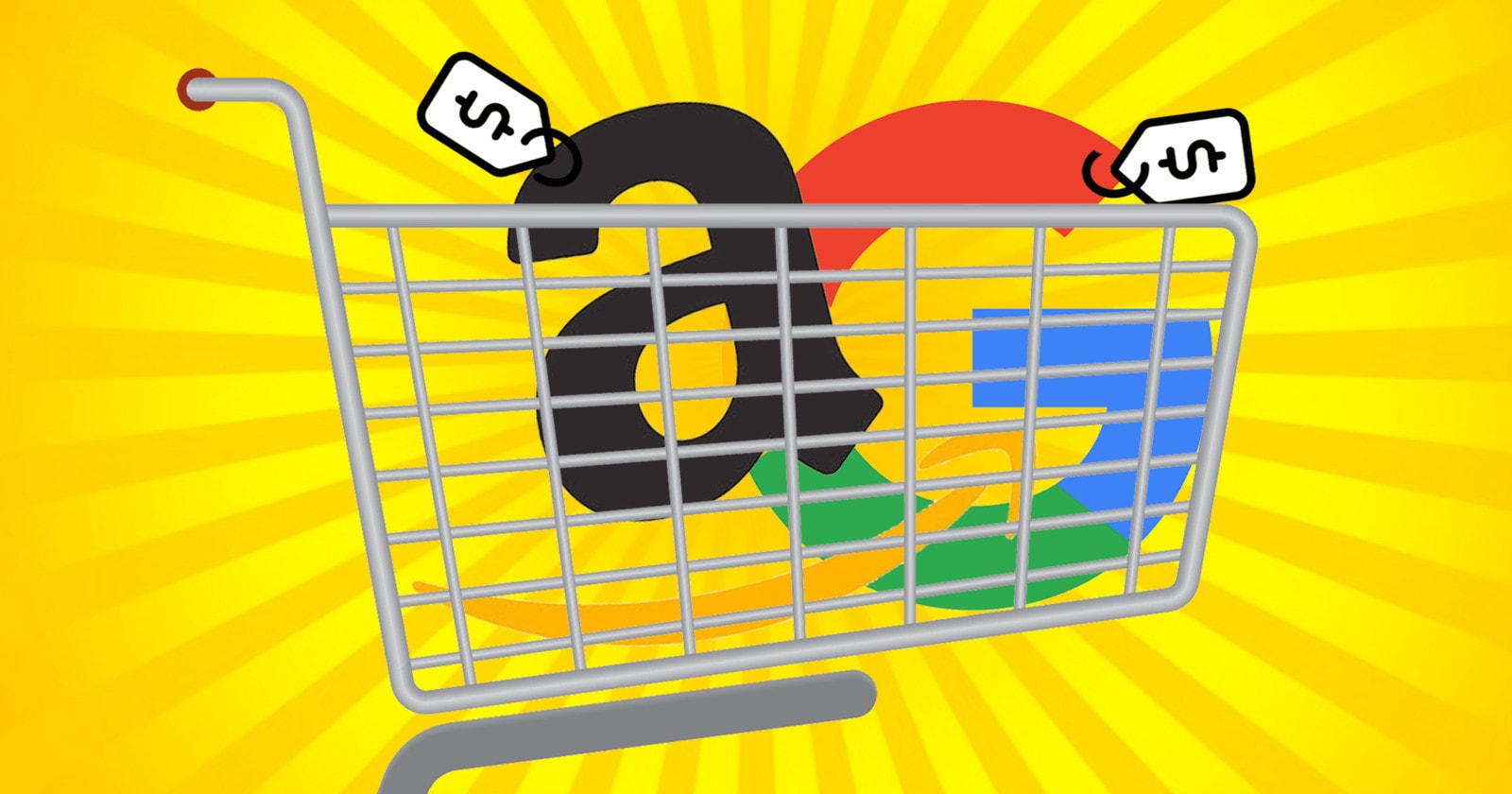The battle is definitely on. Amazon is investing in advertising, and Google is investing in retail.
But it will take a long time before either truly competes in their respective fields: Amazon will still dominate e-commerce, and Google will dominate retail search for several years yet.
If you’re a CMO of a retail company trying to choose where to spend your search budget, my advice would be to stick with Google.
However, as the market has matured, Google Shopping has become a place where only PPC superheroes will get the best results. Here’s my guide to winning at Google Shopping.
Challenges with Google Shopping
There are two main challenges.
First, the market is nearing maturity. Almost 80 percent of all U.S. retail search ad spend was via Google Shopping in Q1 of this year.
Ad space, as we have seen with text ads, has become more competitive, despite the gradual broadening of keyword coverage to higher-funnel searches.
The second challenge is related to the evolution that’s going on at the moment within Google Shopping.
A consolidation of existing features and a few new ones make up ‘Shopping Actions’, which will enable users to treat Google more like an e-commerce platform:
- Adding items to a shopping cart (in Google Express).
- Receiving product recommendations from Google Assistant.
- Being able to purchase directly within Google’s interface.
If this takes off, the game will certainly change.
What’s Happening at the Moment
Thanks to its extensive sales data, Amazon is in a strong position to expand its retail search advertising. It also benefits from the fact that users have a stronger purchase intent; research shows that Amazon is the most popular place to start a product query.
According to a 2017 report from eMarketer, Amazon’s ad revenues are growing faster than most other major ad publishers, generating the fifth largest share of digital revenues in the U.S. Amazon reported this year that its ad business had grown by 60 percent year over year, bringing in $1.7 billion in revenue.
Google, however, has a major advantage over Amazon. Despite the great ROI and many targeting opportunities offered by its on-site Amazon Marketing Services and off-site Amazon Marketing Group platforms, some retailers are unwilling to do businesses with Amazon, which they see as a direct competitor.
Google Shopping allows retailers to be competitive with the e-commerce platform and gain back some market share (Amazon captured nearly 50 percent of all e-commerce dollars last year).
And it shows. U.S. retailers invest 76.4 percent of their search ad budgets on Google Shopping.
Thanks to Google’s efforts at increasing reach to upper-funnel users and improving noticeability with rich ad formats, Google Shopping ads have steadily become the most dominant in retail search marketing.
What Retailers Should Do
First, some perspective.
Google is probably the most adaptive company in history – just look at the thousands of changes occurring within AdWords every year, and the many betas-that-never-became-GAs during its relatively short history.
I’m not saying AI assistants won’t become a huge part of e-commerce in the future, nor that Google won’t adapt its services to more closely resemble Amazon’s platform in the near future; I’m saying that advertisers have to operate according to what’s working now.
For the 40 or so partners testing out the beta of Shopping Actions, good luck.
For the rest, stick with what you know and watch this space.
1. Maximize Relevance & Optimize Your Bidding
When people compare Google and Amazon’s search advertising service, the typical advantage people attribute to Amazon is that you have control over which products appear for which search terms. If you’re a PPC superhero, though, you can do this with Google Shopping too.
This is nothing groundbreaking from my point of view, but I think it’s worth laying out.
For text ads, any decent search advertiser will use the single keyword per ad group (SKAG) structure. The same can be applied to Google Shopping, except it’s a single product per product group per ad group!
If you have the right tech to automate the process, you can build this structure for accounts with tens of thousands of products. Adding the same products to different priority-level campaigns within the account further enhances your control, enabling you to match level of intent to the most suitable product.
My company also made a script (open source) to enable exact matches for Google Shopping queries. It basically cuts the query into bits and makes phrase match negatives wherever possible, so each negative can exclude as many unwanted searches as possible while keeping anything that matches the keywords.
All combined, the results can be pretty remarkable. Working with a sports retailer, we saw a YoY revenue increase of nearly 10 percent whilst cutting costs by 39 percent.
2. Shopping Feed Optimization
Shopping Actions, as I have said, may or may not take off. For now, your focus should be on the Shopping Feed.
We used the Shopping A/B tool to test the impact of a feed optimized according to Google’s best practices.
Performance of shopping campaigns is limited by the quality of your feed. The easier it is for Google to scrape your feed the easier it can identify what the product is and show it for relevant searches.
Some ways to make your feed better include:
- Front-weighting important aspects in the product feed title e.g. Brand > Product > Color > Size (varies by type of product).
- As above for product descriptions.
- Being as specific as possible with Google Product Categories.
- As above for Product Types.
Testing this approach with one of our clients, we found:
- A 23 percent uplift in impressions seen from manual optimization.
- A further 12 percent increase in CTR from frontweighting important product titles – which are shown in ads.
- Product-specific impressions with higher conversion rate increased overall CvR by 6 percent.
- In total, a 46 percent uplift in conversions.
Don’t Wait for the Future
Optimize your practice within the existing format of Google Shopping, and be ready to adapt to whatever changes occur in the next few months and years.
There is continual speculation in the media about fundamental changes within AdWords and Search in general, but every year I find that text ads and PLAs continue to drive performance, while voice search, AR and so on remain unproven.
There will come a time when search engines are less vital to the consumer journey, maybe even irrelevant. Those times are not here yet, so let’s get on with improving the way we manage search campaigns, and be ready – always – to adapt to change when it actually happens.
More Paid Search Resources:
- How to Master Google Shopping & Product Listing Ads
- Surviving the Great Retail Apocalypse with Google Shopping
- Google’s New Shopping Actions Program: What You Need to Know
Image Credit
Featured Image: Created by Dan Gilbert, April 2018.





